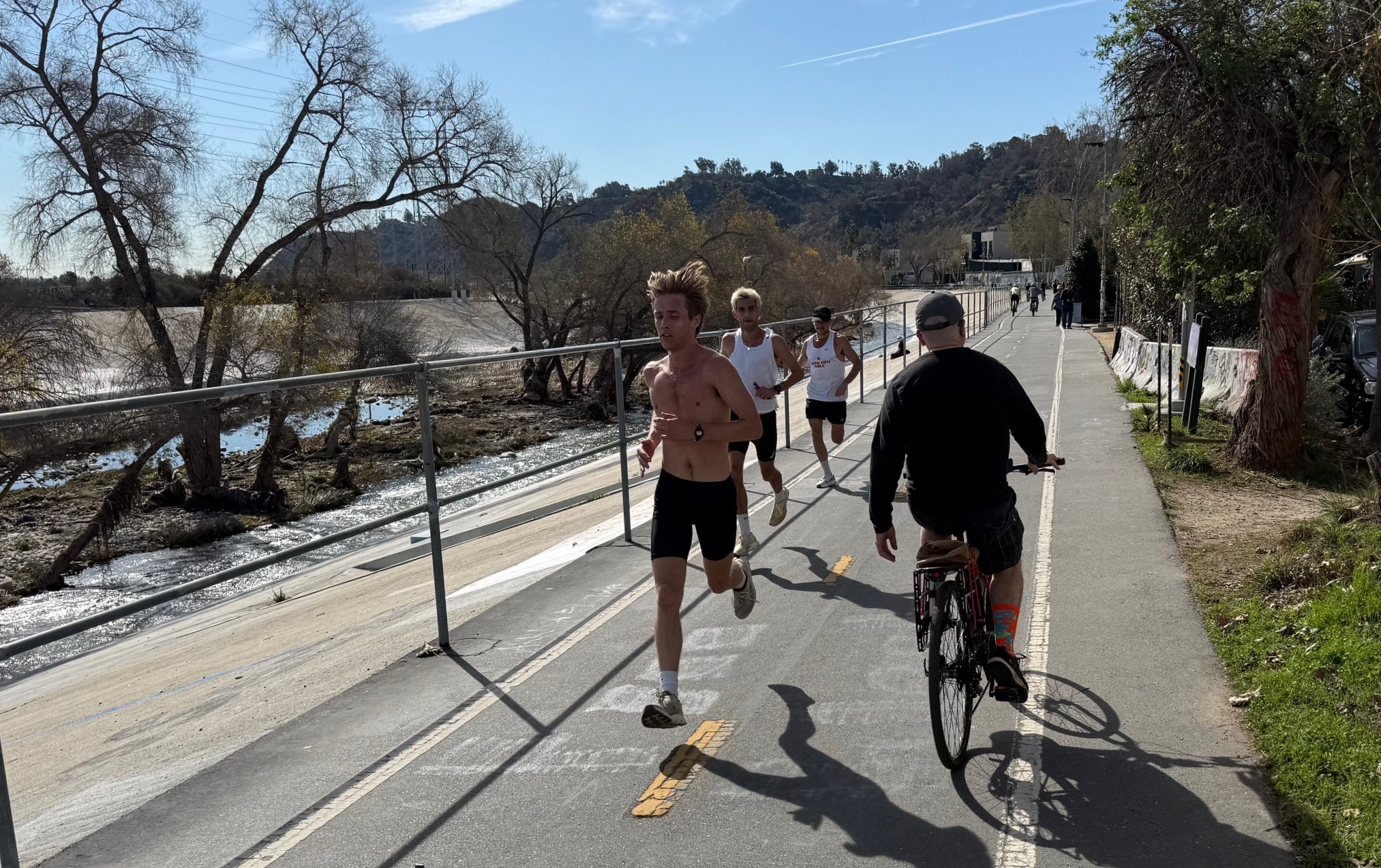Just a few turns away from the busy Valley Boulevard/605 Freeway crunch, is perhaps the San Gabriel Valley’s largest linear park: Duck Farm River Park.
This is a thirty acre strip of multi-use trails running along a mile stretch of the San Gabriel River. It is part of the Watershed Conservation Authority’s larger Emerald Necklace network of trails. From here, the unpaved east side of the San Gabriel River path is accessible, but expect to share the path with horses occasionally.
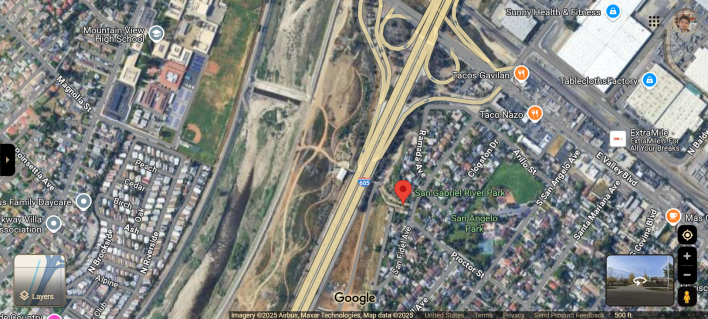

Though it officially opened as a Los Angeles County park in 2024, this parcel has been frequented by locals for years, simply known as the “Duck Farm.” Even those who’ve never visited should be somewhat familiar.
Cyclists on the Valley Blvd bridge and commuters on the 605 will recognize a large storage shed and mysterious old house south of that. Respectively, those are the temporary nature center for the County, and the farm house that will eventually be leveled and replaced with a permanent nature center.
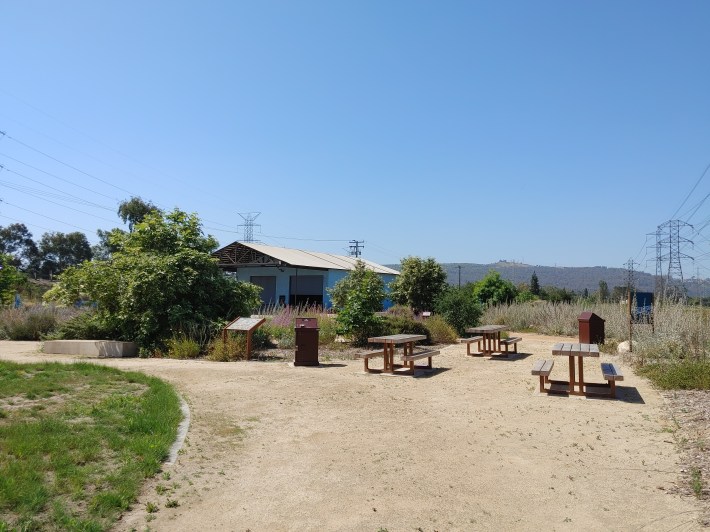
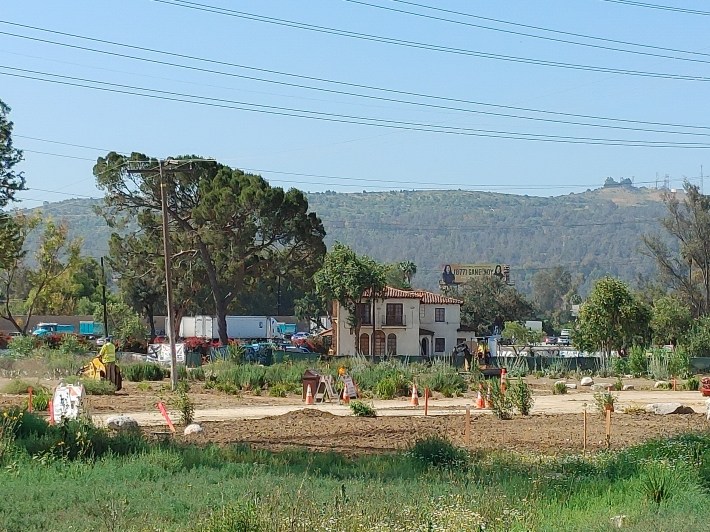
Today, the Duck Farm is among a patchwork of natural respites that are very much needed amongst the most industrialized part of the SGV. The park itself tells the broader history of the region through informational placards.
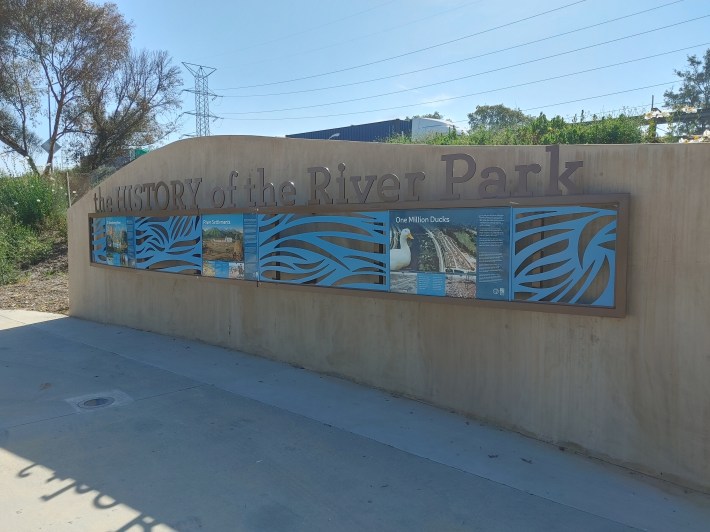
Going back before colonization and concretization, the river shifted its path and size throughout the years. It was home to trout, chub, lamprey, and Santa Ana sucker. Indigenous Tongva had villages nearby, out of flooding’s reach, and relied on the river (then known as Shevvanga) not only for fishing, but for hunting, travel, and the plant life alongside it.
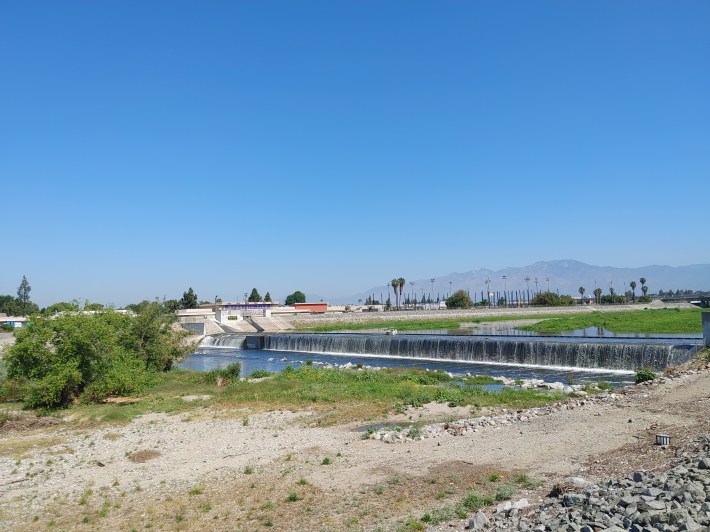

In 1771, the Spanish empire founded the original location of the Mission San Gabriel along the river. Natives - under forced labor - reshaped the land into orchards and grazing pastures. The land was later privatized under the Mexican government, and the ranching lifestyle and culture established then still exists in some form today in Avocado Heights, South El Monte, and Pellissier Village.
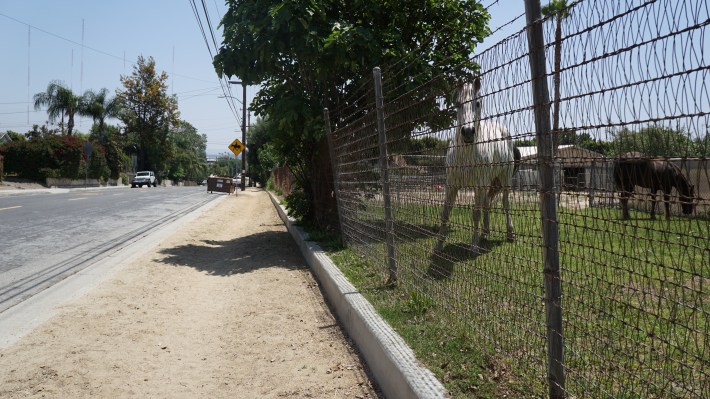
From 1951 to 2001, this strip of land was owned by Woodland Farms, raising Chinese Pekin ducks. Too fat to fly, these fowl yielded 15,000 eggs a night at the farm’s peak in the 1980’s.
With the sale of the Duck Farm, the Trust for Public Land, Rivers and Mountains Conservancy, and Sierra Club spearheaded the parcel’s conversion into a habitat for native flora and fauna. This required a years-long phase of phytoremediation, wherein the nitrogen from decades of duck waste was slowly leached out by special grasses.
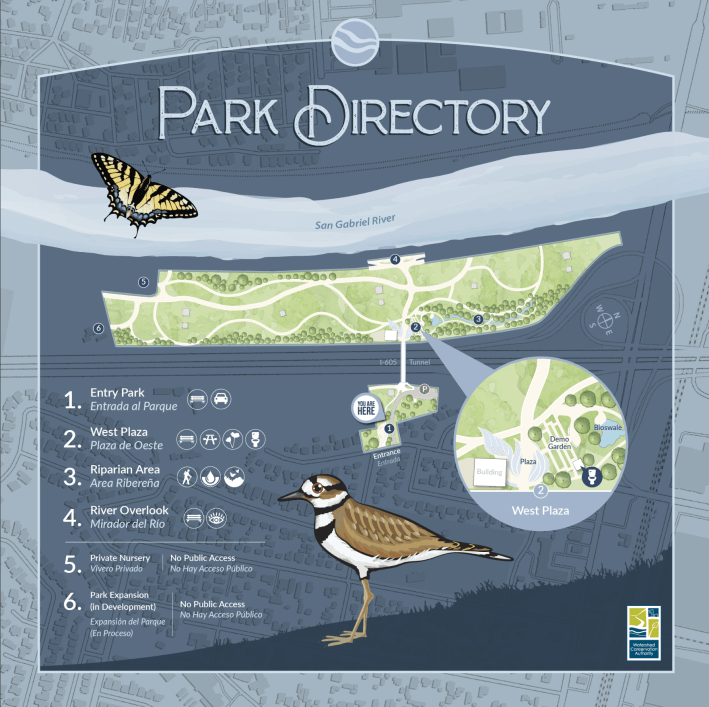
Since opening as Duck Farm River Park in 2024, the former farm is now home to Killdeer, a small but long legged bird that builds its nest on the ground (pictured below). Other local critters include the Cedar Waxwing, Allen’s Hummingbird, Audubon’s Cottontail, and Lorquin’s Admiral Butterfly. The riverbed is also a stop for Canadian Geese migrating to South America on the Pacific Flyway.

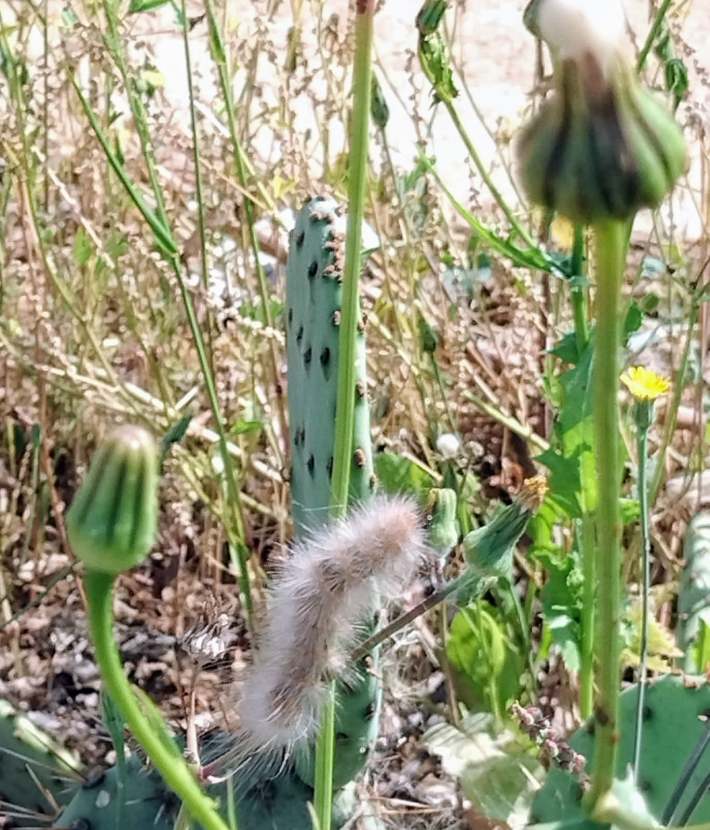
Plantlife here includes Toyon berries, California Poppies, Sticky Monkey-flower, Wild Roses, California Buckwheat, Coastal Live Oak, and hippie-delighting Purple Sage.
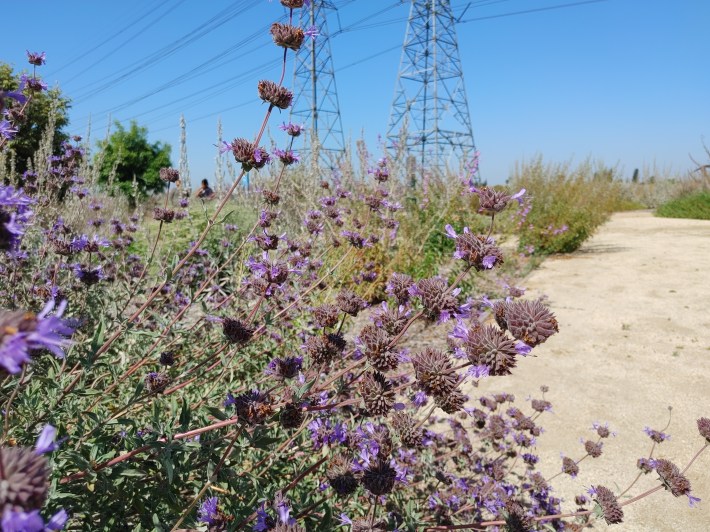
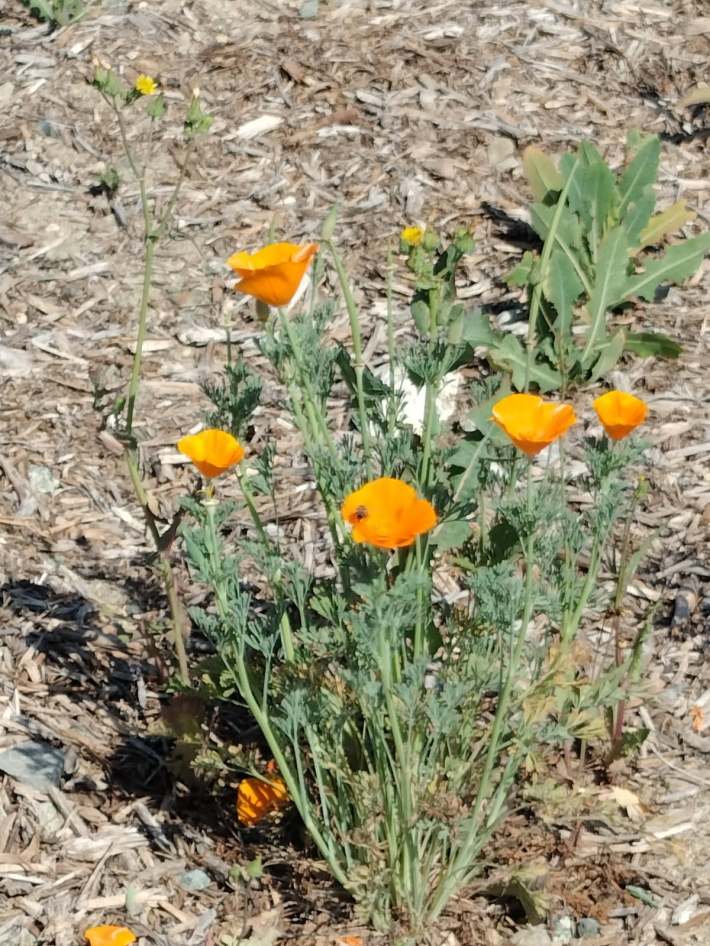
Several major features are still to come for the park. Besides the permanent nature center, bridges fording the San Jose Creek and San Gabriel Rivers to connect equestrians, cyclists, and pedestrians are in the pipeline for future construction when funding becomes available.
Duck Farm River Park is well-programmed with County Parks and Recreation events, and coming up soon there will be a National Trails Day celebration on June 7th from 9 a.m. to 12 p.m.
The park is open from 8 a.m. to 7:30 p.m., March through October, and from 8 a.m. to 5 p.m. in November through February. On Mondays, the park is closed.
The park is accessible via Foothill Transit lines 194, 282, and 486 with the Avocado Heights/Bassett/Valinda LAGOBUS shuttle.
Streetsblog’s San Gabriel Valley coverage is supported by Foothill Transit, offering car-free travel throughout the San Gabriel Valley with connections to the A Line Stations across the Foothills and Commuter Express lines traveling into the heart of downtown L.A. To plan your trip, visit Foothill Transit. “Foothill Transit. Going Good Places.”Sign-up for our SGV Connect Newsletter, coming to your inbox on Fridays!





